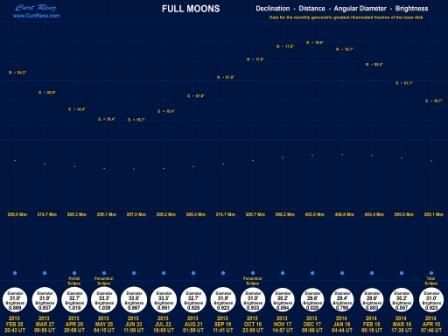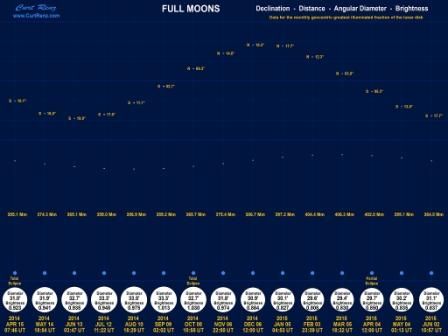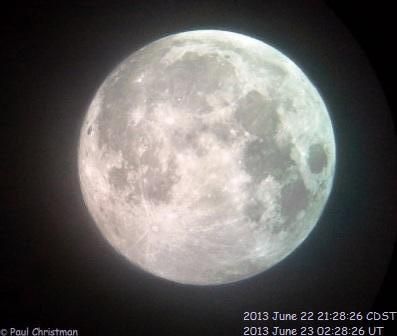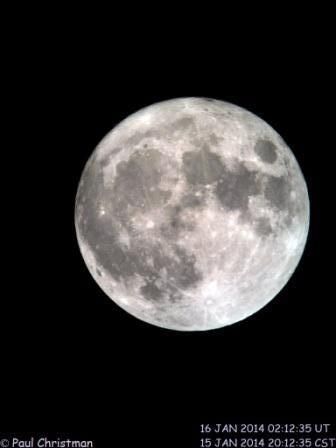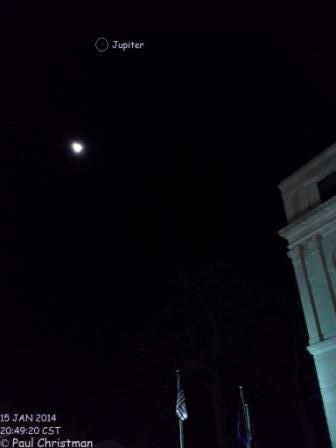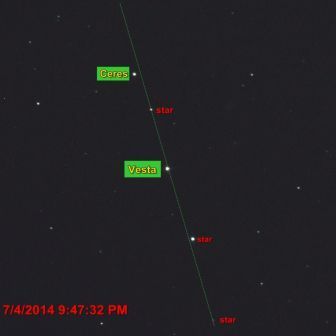As you may or may not know, I love lunar observing. I can't seem to resist staring at Luna whenever she is up, and if I have the chance to get my telescope out, I can explore the lunar surface for hours. On the evening of July 4, I skipped attending Independence Day fireworks shows, and went down to Conway Observatory, to see the close apparent conjunction of asteroids 1 Ceres and 4 Vesta, and other observations. Of course, the not quite first quarter Moon sent plenty of photons to my telescope's primary mirror.
Early in the evening, I noticed that the "Snowman" of Ptolemaeus, Alphonsus, and Arzachel, were right along the terminator.
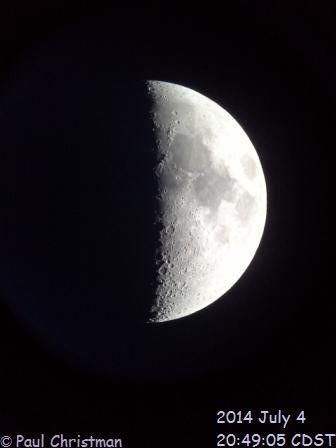

As Luna continued through her orbit, I compared views through two 5" refractors that my friend Bill was testing, and he had the power cranked. I noticed a streak of daylight starting to fall across Ptolemaeus, then went back to my 6" Dobsonian to photograph it.
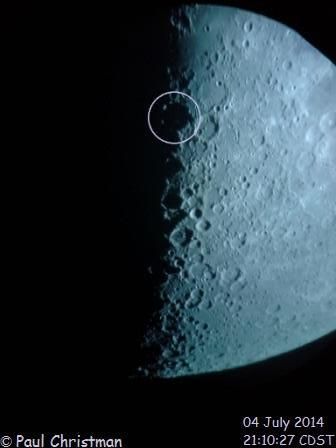
After that, I kept checking periodically to see how the light and shadows were falling on the crater floor of Ptolemaeus.

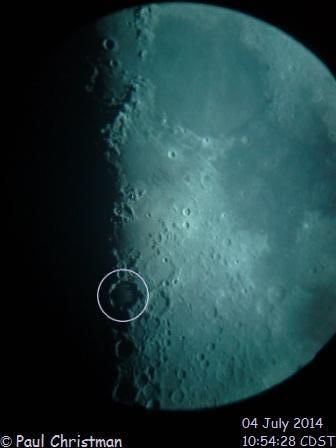
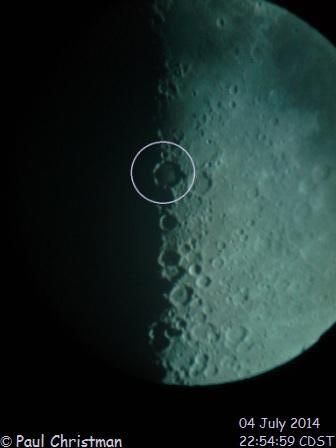
Finally, just before 11:00 PM, only a couple long shadows from the eastern rim of Ptolemaeus were falling across the crater floor.
By that time, I had found the space rocks in conjunction in Virgo, and was observing them, looking for proper motion, and helping my friend Javier find them, so that he could image the asteroid pair. My lunar observing was pretty much over for the night, and Luna was already low, seen through turbulent atmosphere, where observing is worst, and imaging is nearly useless.

Early in the evening, I noticed that the "Snowman" of Ptolemaeus, Alphonsus, and Arzachel, were right along the terminator.


As Luna continued through her orbit, I compared views through two 5" refractors that my friend Bill was testing, and he had the power cranked. I noticed a streak of daylight starting to fall across Ptolemaeus, then went back to my 6" Dobsonian to photograph it.

After that, I kept checking periodically to see how the light and shadows were falling on the crater floor of Ptolemaeus.



Finally, just before 11:00 PM, only a couple long shadows from the eastern rim of Ptolemaeus were falling across the crater floor.
By that time, I had found the space rocks in conjunction in Virgo, and was observing them, looking for proper motion, and helping my friend Javier find them, so that he could image the asteroid pair. My lunar observing was pretty much over for the night, and Luna was already low, seen through turbulent atmosphere, where observing is worst, and imaging is nearly useless.


